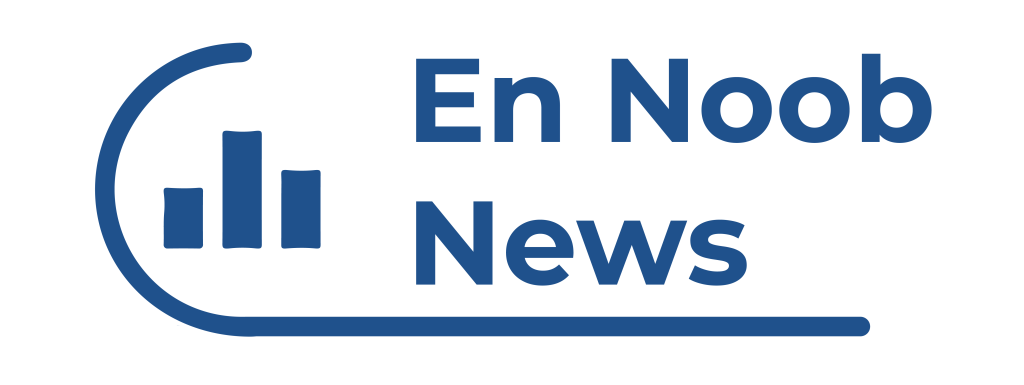Ever thought about what stops you from getting the best loan? Knowing the loan application process is key. It can greatly affect your financial choices. This part gives you the lowdown on applying for a loan, from the different types to what makes you eligible.
It’s all about understanding interest rates, how to pay back, and finding top loan providers in Canada. We aim to help you tackle the loan world with confidence.
Understanding the Loan Application Process
The loan application process in Canada has several key steps. First, borrowers need to research different loan types. This includes personal, auto, and mortgage loans. Each loan meets different financial needs, so making the right choice is important.
Once borrowers find the right loan, they must prepare the needed documents. These include proof of income, identification, and financial statements. Being well-organized at this stage can make the process smoother.
Credit scores are also crucial. They help lenders decide if you qualify for a loan and what interest rate you’ll get. Knowing how credit scores work is key to understanding the loan application process.
Everything You Need to Know Applying a Loan
When you’re looking to apply for a loan, knowing about the different types is key. In Canada, there are mainly two kinds: secured and unsecured loans. Secured loans need something valuable like a car or house as collateral. This can lead to lower interest rates.
On the other hand, unsecured loans don’t require collateral. But, they often have higher interest rates because lenders take on more risk.
It’s also important to understand the interest rate structure. Fixed interest rates stay the same, making your monthly payments predictable. Variable interest rates can change, which might mean lower payments at first but could go up later.
Choosing the right loan depends on your needs. Secured loans are good for bigger amounts and longer times. Unsecured loans are better for quick cash needs without risking your property. Knowing this helps you make a choice that fits your financial plans.
Loan Eligibility Criteria
Getting a loan in Canada means looking at several key points. Lenders check your credit score, how much you earn, your job history, and any debts you already have. A good credit score is very important for getting a loan.
They also look at how much you make. Lenders want to make sure you can pay back the loan. Your job history helps them see if you’re stable financially.
Debts you already have are also important. Lenders use your debt-to-income ratio to see if you can handle more debt. A lower ratio means you’re in better financial shape, which helps you get a loan.
How to Get a Loan Approved
Getting a loan approved can seem tough, but there are ways to make it easier. Keeping a good credit score is key, as it shows lenders you’re reliable. Paying off debts before applying also looks good.
Having a solid financial plan shows you’re responsible and forward-thinking. A stable income and steady job history are also important. They prove you can handle loan payments.
It’s smart to have all your documents ready before applying. This makes your case stronger and helps avoid problems. By following these tips, you can greatly improve your chances of getting the loan you need.
Loan Interest Rates Explained
Loan interest rates are key in figuring out the total cost of borrowing. These rates change based on several things, like your credit score, the type of loan, and the market. The Bank of Canada sets benchmark rates, which affect how much lenders charge. Knowing about these rates helps people make better choices when looking at financing options.
There are two main types of loan interest rates: fixed and variable. Fixed rates stay the same for the whole loan, making it easier to budget. Variable rates change over time, often based on market trends. While you might save money, there’s a chance costs could go up if rates rise.
It’s important to compare loan options to find the best interest rates. Websites like LendingTree and Canada’s Best Rates help you see different lenders’ offers side by side. By looking at the pros and cons of each rate, you can save a lot of money in the long run.
Loan Approval Tips
Getting a loan approved can be easy with the right steps. Timing is key when you apply. Waiting for the right moment, like when your income is steady, can help a lot.
Being ready with your documents is also important. Have your financial statements, proof of income, and ID ready. This shows you’re organized and serious about the loan.
Talking clearly with lenders is vital. Discussing loan terms can lead to better deals. Knowing what you’re getting into helps you feel secure and builds a good relationship with the lender.
Loan Application Documents Required
When you apply for a loan in Canada, certain documents are key. Knowing what to provide makes the process easier. Lenders usually ask for identification, proof of income, credit history, and details about your assets.
First, you need to show your ID. This could be a driver’s license or a government ID. Next, you must prove your income. This might be recent pay stubs, bank statements, or tax returns.
Lenders look at your credit history too. They check your credit score and history to see if you’re a good risk. It’s a good idea to check your credit report before applying.
Finally, sharing information about your assets can help. This includes property, savings, or investments that can be used as collateral. Having these documents ready speeds up the process and boosts your chances of getting a loan.
Loan Repayment Options
Understanding loan repayment options is key to managing your finances well. You can choose from standard monthly payments, budgeting over time. Or, you might prefer bi-weekly payments, made every two weeks. This can help pay off your loan faster and save on interest.
Another choice is lump-sum payments, where you pay a big chunk of the loan at once. This can greatly reduce the loan’s total cost. Each option has its own effects; for example, bi-weekly payments might save on interest but need careful budgeting.
It’s important to budget for these repayments to avoid financial trouble. Knowing how each option fits into your financial goals can make a big difference. This helps keep your finances stable during and after the loan.
🔔 The Complete Guide to Getting a Loan Without Complications
Best Loan Providers in Canada
Looking for financing in Canada? It’s key to know the top loan providers. Banks like TD Canada Trust and Royal Bank of Canada offer good rates and lots of support. Their solid reputation makes the loan process easier for new borrowers.
But, there are also new players like Mogo and Borrowell. They might be more open to lending, even if your credit isn’t perfect. They also have easy online apps, which means faster approval times.
It’s important to compare what different lenders offer. Look at loan amounts, how you can pay back, and customer service. Talking to several lenders helps you find the one that fits your financial needs and goals.
Comparing Loan Options
Before you decide on a loan, it’s important to compare different options. This ensures the loan fits your financial situation and goals. Loans vary in terms, interest rates, and fees, affecting the total cost and repayment.
Using online tools like NerdWallet or Ratehub can help. These sites offer insights into the loan products available. This way, you can make a well-informed choice.
When looking at loans, focus on interest rates, terms, and fees. The repayment structure also matters, as it differs between lenders. The Financial Consumer Agency of Canada offers guidance to help you understand each loan’s implications.
Comparing loans helps you find the best deal for your finances. Doing your homework leads to smarter borrowing and can save you money. With the right tools, you can confidently choose the right loan for you.




